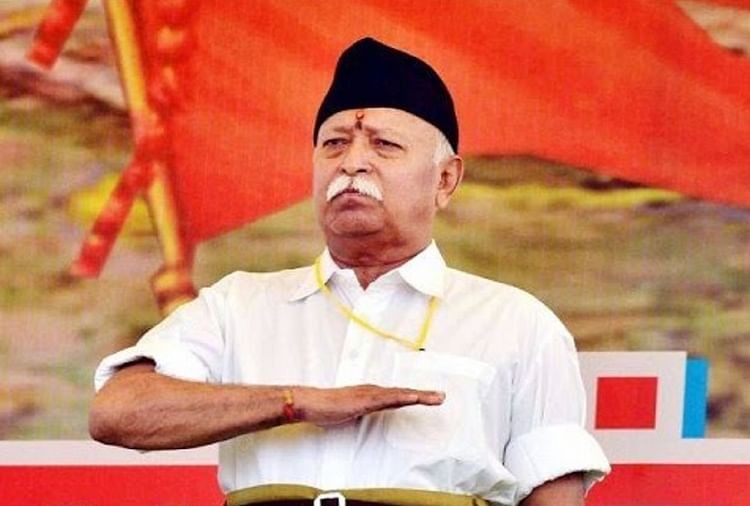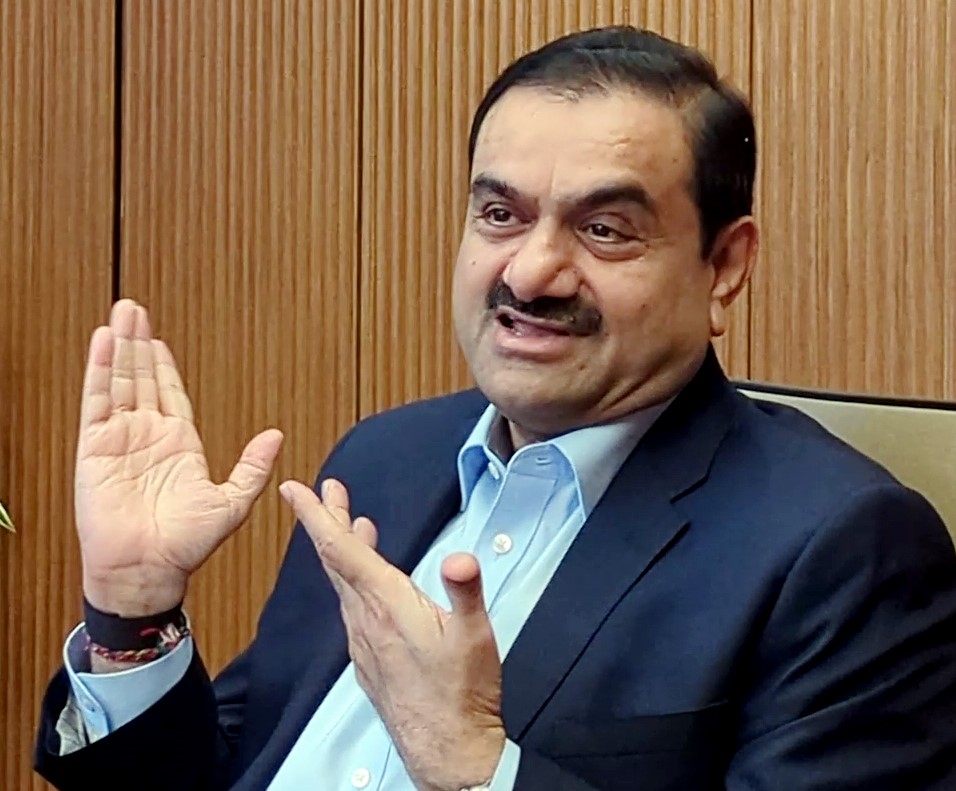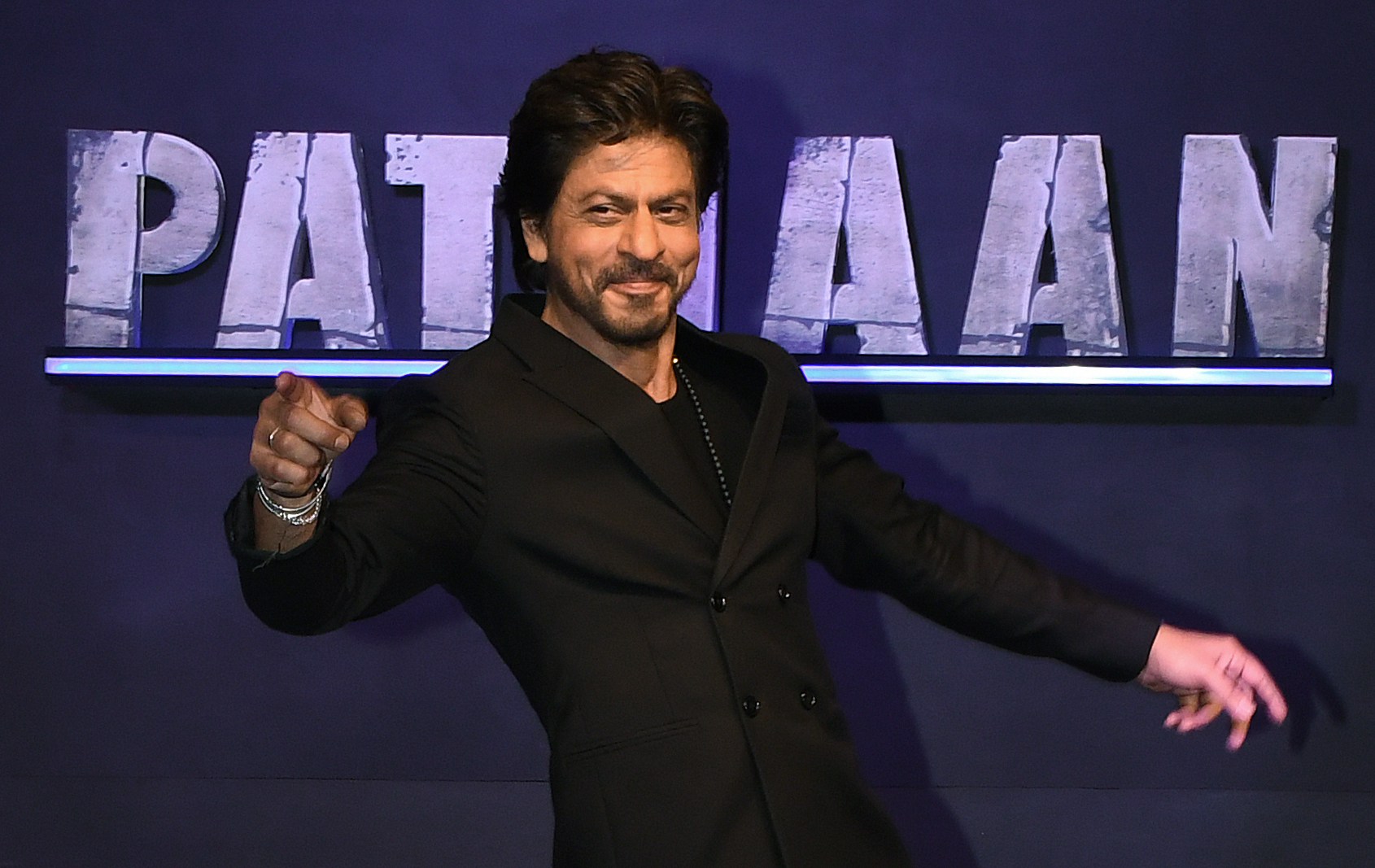The country earns the distinction of being the first to land on the South Pole of the Lunar surface
Our Bureau
Bengaluru, India
In a giant leap for India’s space program, ISRO’s Moon mission Chandrayaan-3 touched down on the lunar south pole at 6.04 pm (IST) on Wednesday, propelling the country to an exclusive club of four and making it the first country to land on the uncharted surface of Earth’s only natural satellite.
The Lander Module comprising the lander (Vikram) and the 26 kg rover (Pragyan) achieved the feat in less than a week after a similar Russian lander crashed on the moon’s surface.
With this touchdown on the moon, India has become the fourth country to master the technology of soft-landing on the lunar surface after the US, China, and the erstwhile Soviet Union.
Chandrayaan-3 was a follow-on mission to Chandrayaan-2 and its objectives were to demonstrate a safe and soft landing on the lunar surface, roving on the Moon, and to conduct in-situ scientific experiments.
Chandrayaan-2 had failed when its lander ‘Vikram’ crashed into the surface of the Moon minutes before the touchdown following anomalies in the braking system in the lander while attempting a landing on September 7, 2019. Chandrayaan’s maiden mission was in 2008.
The Rs 600 crore Chandrayaan-3 mission was launched on July 14 onboard Launch Vehicle Mark-III (LVM-3) rocket, for a 41-day voyage to reach near the lunar south pole.
The lander and the 6-wheeled rover (with a total mass of 1,752 kg) are designed to operate for one lunar daylight period (about 14 Earth days). The lander carries the rover in a compartment with a ramp for deployment onto the surface.
The lander with four legs, had multiple sensors to ensure a safe touchdown, including an accelerometer, altimeters, Doppler velocimeter, inclinometer, touchdown sensor, and a suite of cameras for hazard avoidance and positional knowledge.


























